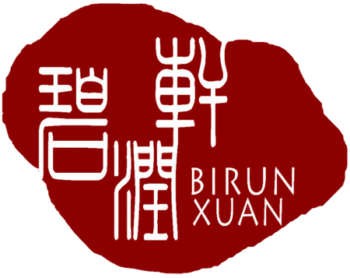Puerist is based in Jinghong, on the Mekong River, in the south west corner of China. Jinghong is the capital of Xishuangbanna Dai Autonomous Prefecture, the most important region in Yunnan Province for Puer tea production. To the east and north side of the Mekong River lies the tea producing area of the ‘Six Famous Tea Mountains’, centered around Yiwu. It is an area of great historical importance for local tea production which continues to make some of the best Puer tea available from the region.
To the south and west lies the Menghai area, sometimes known as the ‘New’ Six Famous Tea Mountains, an area no less important than the Yiwu area though, for reasons of geography at least, less steeped in history than the area to the north-east of the Mekong River. Both areas have gardens of ancient and old tea trees which produce distinctive teas due to topography and micro-climates, ‘terroir’ and the range of sub-varietals.
More
Puer tea is one of two kinds – ‘raw’ or sheng or ‘cooked’ or shou. Puerist specialises in raw Puer tea. Raw Puer tea is a post-fermented tea. What this means is that in the traditional tea making process the tea is pan fried at a temperature that arrests enzyme activity, but does not completely destroy it. Subsequent sun drying of the rolled leaves also preserves enzymes which then trigger an oxidation process, which allows the tea to age.
A young Puer tea is somewhat akin to a green tea. A good Puer tea will have characteristics of bitterness, astringency, fragrance and a distinctive hui gan, or sweet aftertaste, along with a rather bold flavour. When these factors are in harmony, it produces a very drinkable type of tea which is steadily attracting a growing number of adherents who appreciate the tea’s distinctive qualities. In the ageing process, the boldness of the young tea mellows, the leaves and the broth darken and the more volatile aromatic qualities also diminish, producing, in a tea of say seven to ten years of age, a sweet, rounded, smooth drink with a distinctive chen wei or aged flavour.
For more in depth reading go here.

